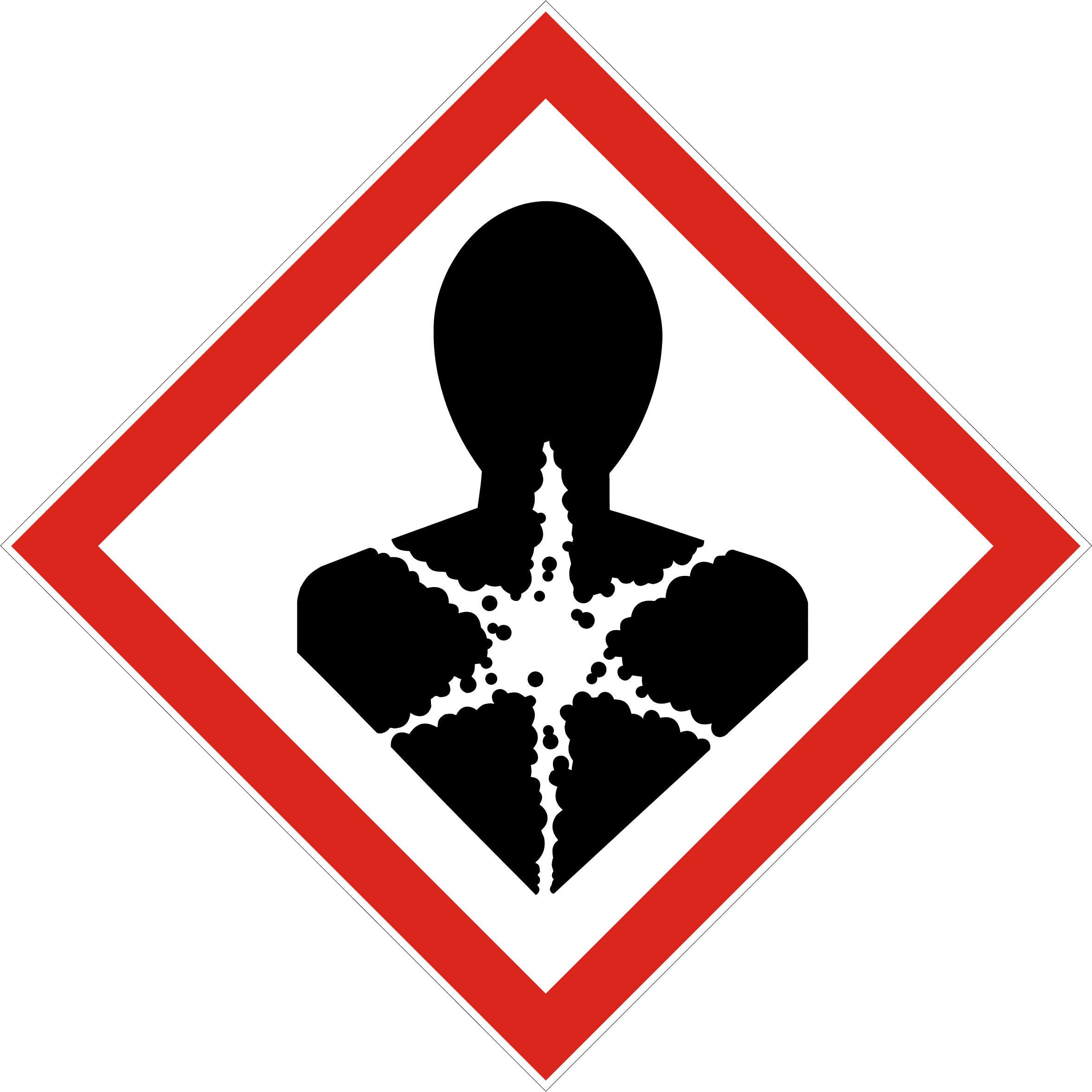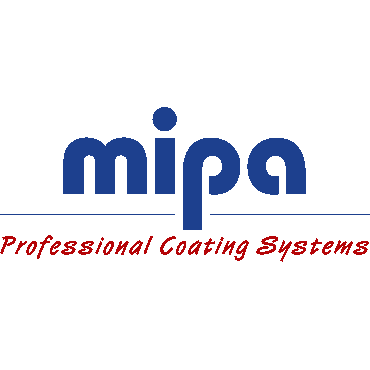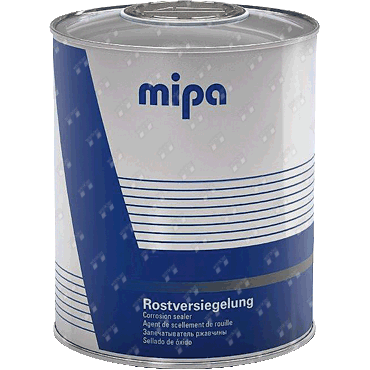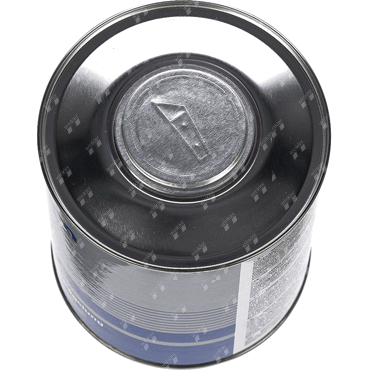The anti-rust sealant converts the moisture contained in the rust layers into carbon dioxide, thereby stopping additional rusting. The substrate is solidified and sealed. Only loose rust needs to be removed. The anti-rust sealant has an excellent penetrating effect that infiltrates even thick layers of rust. Shortly following application, the rust layers are sealed and can be retreated with 1C and 2C primers or putties. bonds to iron, steel, aluminum and zinc 0.75 l is sufficient for approximately 12 m²
iron
steel
zinc
Hazard characteristics




Danger
Hazard notes
H226: Flammable liquid and vapour.
H315: Causes skin irritation.
H319: Causes serious eye irritation.
H317: May cause an allergic skin reaction.
H335: May cause respiratory irritation.
H336: May cause drowsiness or dizziness.
H373: May cause damage to organs through prolonged or repeated exposure.
H304: May be fatal if swallowed and enters airways.
H411: Toxic to aquatic life with long lasting effects.
EUH204: Contains isocyanates. May produce an allergic reaction.
Safety notes
P301+P310: IF SWALLOWED: Immediately call a POISON CENTER/doctor/.?.
P321: Specific treatment (see on this label).
P331: Do NOT induce vomiting.
P303+P361+P353: IF ON SKIN (or hair): Take off immediately all contaminated clothing. Rinse skin with water/or shower.
P305+P351+P338: IF IN EYES: Rinse cautiously with water for several minutes. Remove contact lenses, if present and easy to do. Continue rinsing.
P362+P364: Take off contaminated clothing and wash it before reuse.


























